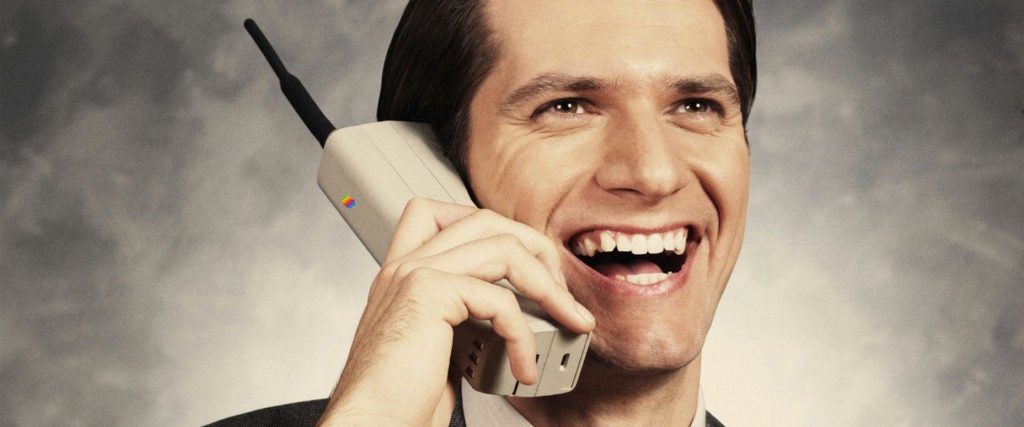When I was 14 years old, my family’s microwave broke. My parents got it for their first apartment together in 1984, 26 years prior. Since then, my mom has gone through two more microwaves, each with only about a fifth of the longevity of the first one.
Planned obsolescence is partially the price we pay for the fact that household goods can now be manufactured much faster and cheaper than the appliances of the mid-1980s. I don’t like it, but I can survive knowing that my plastic-exterior $50 microwave isn’t going to survive to my next apartment. What’s a bit more concerning is the idea that my several hundred dollar iPhone, allegedly designed with the most premium technological materials, seems hardwired to essentially self-destruct right around the time a new model comes out.
But how much of that is the truth, considering a lot of us don’t actually take very good care of our objects and are lured toward shiny new ones, anyway?
According to Raffi Bederian, Manager of IT Operations at Dollar Shave Club, planned obsolescence isn’t what’s slowing down your Apple products — at least, not anymore. In 2017, Apple confirmed that it had indeed been slowing down older iPhone models when users updated their operating systems, though allegedly this was done in order to extend the longevity of the device. As recently as February, in fact, Apple was fined $27 million by a French fraud watchdog group for not warning users that a slowdown would occur.
But since 2017, Apple has — again, allegedly — not engaged in this practice. Even if they did, the fact that a product might not work as well after a few years of use isn’t necessarily some sinister plot. The fact of the matter is, particularly with a product like an iPhone that is both part of a constantly evolving ecosystem of technological advancement and used nearly 24/7, some things just won’t work as well as they did when they were first turned on.
This is partially a matter of physical deterioration, but it’s also the result of our expectations. Keeping our iPhones on constantly and plugged in overnight after reaching 100 percent charge does slowly deteriorate our phone’s ability to hold power. It’s actually better to let it only reach around 80 percent charge before unplugging. Similarly, it’s not good for a battery to reach 0 percent, either –– instead, you should shut your phone off before reaching that point. Both the practice of overcharging and letting a phone die will eventually degrade a phone’s overall quality, but to an extent, this is par for the course — if we used any object as frequently as we used our phones (not to mention how often we drop our phones, get them wet, allow them to overheat, etc.), it would probably deteriorate similarly, as well.
The thing is, our slightly slower or less long-lasting phone looks a lot worse compared to whatever new model has just been released. It’s not some plot from Apple to get you to buy the latest version (of course, it partially is), it’s just how our materialist desires work.
Apple itself doesn’t actually label a product “obsolete” until it’s been seven years since the product was sold, after which Apple no longer creates hardware to support the product. The 2010 MacBook Air, for example, can still receive service. As tech site iMore points out, this makes Apple products a pretty good value: A $1,300 MacBook comes out to $185 per year when used for seven years. Again, it won’t look as sharp or work as fast as the latest model after that amount of time, but it’ll probably still work.
It’d definitely be nice if companies like Apple could manufacture hardware to support their products in perpetuity. If this is how you define planned obsolescence, then yes, planned obsolescence is real. But again, it’s not entirely Apple’s plan to force you to need a new product as soon as it’s released. Instead, it’s the continuous push of capitalism that makes your iPhone 7 seem useless.
Your cracked screen probably doesn’t help, either.

